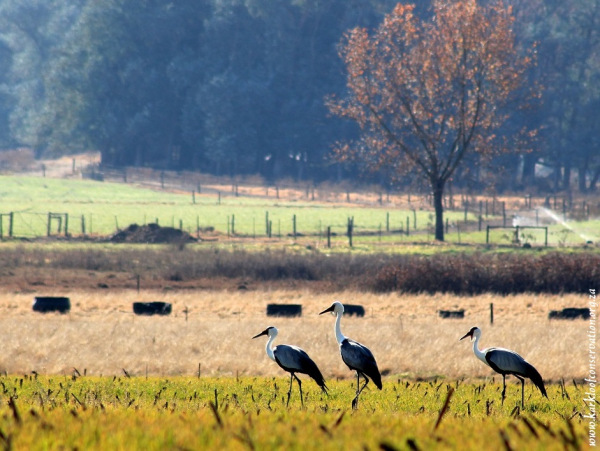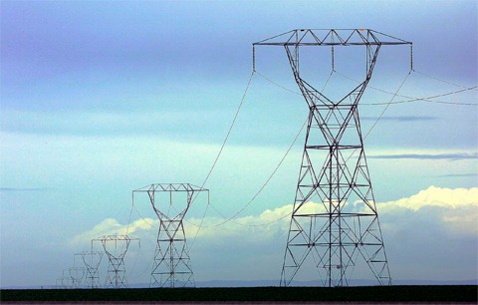
Why our Cranes are Disappearing

South Africa has the special privilege and responsibility of being home to three of the world’s fifteen species of cranes.
As their custodians, we should all be concerned to see the decimation of these unique birds, particularly when we understand that we are the primary cause of their decline.
Our needs compete with theirs and we have changed the habitat of the eastern and central areas of the country. We’ve turned the grasslands into exotic plantations, monocultures of exotic grains, intensive livestock grazing lands, and concentrated urban, industrial, and mining centres.


This change has resulted in a 60% loss of this crucial biome and has robbed cranes of their traditional nesting and foraging sites. Coupled with this, electricity power lines crisscross the landscape, presenting a constant hazard to flying cranes. Cranes are also poisoned either deliberately or inadvertently by farmers using pesticides intended for crop pests.
Unlike endangered terrestrial species, cranes cannot be confined to reserves and managed in a controlled environment. Their habitats are widespread and situated mainly on privately-owned farm lands. Their fate, therefore, lies in the hands of landowners.

Want to Know more about Cranes?
Receive our regular updates directly in your inbox.
